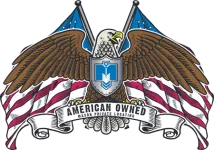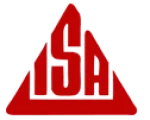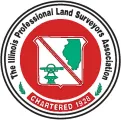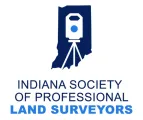
Cross bore inspections are a crucial practice in underground construction and utility industries. Cross bore inspections are a highly technical and specialized process whose importance cannot be overstated. These inspections are critical to the safety, efficiency, and compliance of construction projects.
Whether you're a contractor, engineer, or project manager, understanding cross bore inspections equips you with the knowledge to mitigate risks and improve project outcomes. Below, we'll dive deeper into the most important things to know about cross bore inspections, from the basics to the advanced technology and more.
1. What Cross Bores Are
To understand the basics of cross bore inspections, we must first know what a cross bore is. A cross bore occurs when a utility line, such as a gas, electric, or fiber optic line, unintentionally intersects another underground utility, like a sewer line. These intersections create significant safety risks, including potential gas leaks, sewer blockages, explosions, and property damage.
Most cross bores are the result of trenchless drilling techniques, such as horizontal directional drilling (HDD), that some construction and excavation workers may use while installing underground utilities. Because cross bores are below ground, their detection and mitigation require advanced inspection techniques and precise planning.
2. The Safety Risks of Cross Bores
Cross bores present immense risks to the safety of construction and utility workers, as well as the surrounding area. If a cross bore punctures a gas line, it can lead to gas leaks, which may escalate into explosions, causing catastrophic damage and threatening lives.
Blocked sewer lines from cross bores can cause sewer backflows, which can result in environmental hazards and costly property damage. Understanding these dangers helps justify the importance of implementing thorough cross bore inspections on every project.
3. Why Inspections Are Necessary
As anyone can see, cross bores present many hazards, which makes inspections essential for construction and excavation. The primary goal of cross bore inspections is to ensure the safe installation of utility by addressing any intersections before they can cause harm.
These inspections identify cross bore possibilities and allow for swift mitigation actions, such as rerouting lines or repairing damaged utilities. By conducting cross bore inspections, companies can protect their workers and the public, reduce liability, and improve operational efficiency.
4. Effective Inspection Methods
To inspect cross bores safely and conveniently requires advanced technology to identify utility intersections below ground. There are multiple methods of cross bore inspection, but the most common include:
- Video camera inspections: The insertion of high-definition cameras into pipelines to visually locate intersections and blockages.
- Ground-penetrating radar (GPR): The use of radar wave technology to detect subsurface anomalies, helping pinpoint cross bores.
- Robotic systems: The employment of remote-controlled robots with cameras and sensors to inspect hard-to-reach areas, ensuring thorough and detailed results.
These technologies work in tandem to deliver real-time data, empowering technicians to make accurate assessments and take corrective measures.

5. Regulatory Compliance
Another thing to know about cross bore inspections is that many local and federal regulations mandate inspections to ensure public safety and industry compliance. Adherence to these standards mitigates risks and shields companies from potential legal liabilities and penalties.
For instance, many states require contractors to comply with OSHA safety protocols or local one-call systems during construction projects. Failing to perform these inspections may expose organizations to financial losses and reputational harm.
6. Technology Advancements Enhancing Inspections
Modern technology has revolutionized how companies conduct cross bore inspections. For example, robotic camera crawler services for cross bore inspections utilize high-resolution cameras with lateral launch capabilities that offer unparalleled visibility inside utility lines.
GPS mapping ensures precise location data, while advanced GPR provides deeper and more accurate readings of subsurface environments. These innovations enhance the efficiency and reliability of inspections, reducing the likelihood of human error and ensuring that no detail goes unnoticed.
7. Preventative Measures Make a Difference
Proper planning and preventative measures play a pivotal role in reducing the occurrence of cross bores. Conducting utility mapping before trenchless installations helps project managers understand the positions of all underground utilities, minimizing the chances of accidental intersections.
Effective communication and coordination between utility companies, contractors, and engineering teams further strengthen this process. By implementing robust preventative strategies, companies can save both time and resources while ensuring safer project outcomes.
8. Specialized Training for Inspectors
Cross bore inspections require highly trained personnel who can operate advanced equipment and interpret complex data accurately. Technicians undergo specialized training to handle tools like robotic cameras, GPR systems, and lateral launch equipment.
Their expertise guarantees the professional carrying out of inspections and the precise recording of findings. Continued education and certification programs ensure that inspectors stay updated with the latest technologies and industry best practices.
9. The Value of Detailed Documentation
Comprehensive documentation is a critical component of cross bore inspections. Thorough reports that include video footage, detailed notes, and utility maps serve multiple purposes. They provide accountability, facilitate regulatory compliance, and ensure long-term safety.
Mason Private Locating, for example, delivers reports that highlight problem areas and offer actionable insights for resolving utility conflicts. Such documentation fosters trust between contractors, clients, and utility companies.
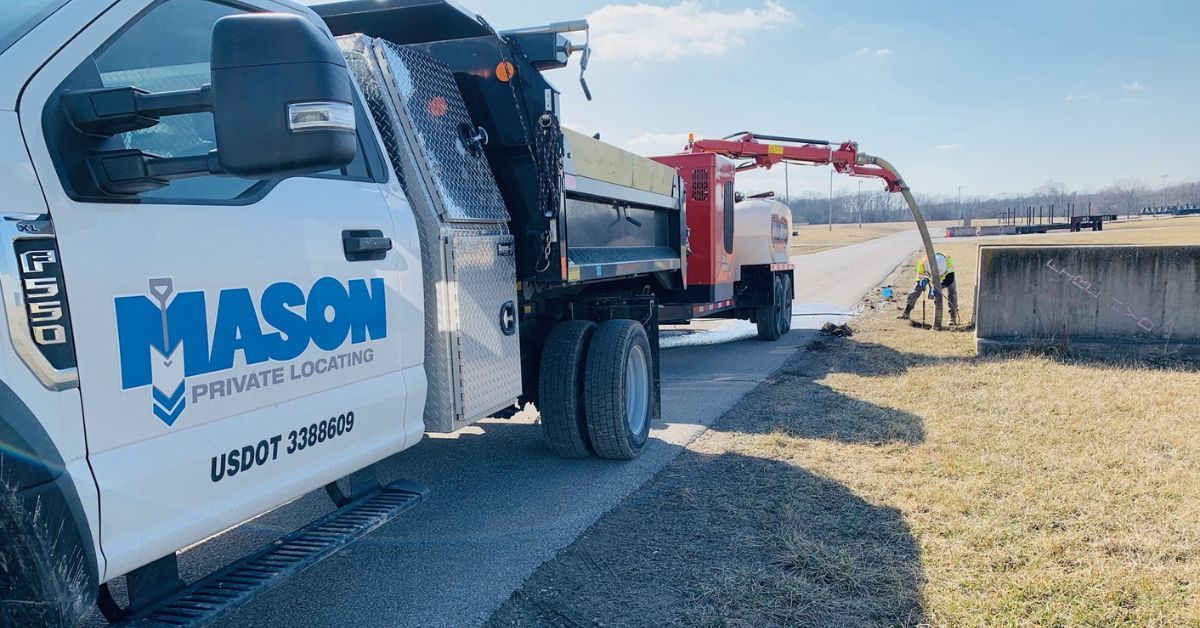
10. The Role of Awareness in Mitigating Risks
Raising awareness among contractors, project managers, and the public is key to minimizing cross bore incidents. Educating stakeholders about the dangers of cross bores and the importance of inspections promotes safer practices and highlights the value of preventative measures. Organizations should host safety workshops, provide consistent communication, and actively participate in industry forums to reinforce these messages.
Why Mason Private Locating Is the Premier Choice
When it comes to safeguarding your projects from the risks of cross bores, Mason Private Locating (MPL) leads the industry in precision, technology, and expertise. Their inspection services utilize state-of-the-art robotic systems and GPR to ensure accurate and non-invasive results. With specialized training for technicians and advanced capabilities in cross bore mitigation, MPL delivers unparalleled reliability.
They offer comprehensive sewer inspection reports, providing clients with real-time video footage, marked utility maps, and actionable recommendations. By partnering with MPL, construction and engineering firms gain peace of mind knowing that their projects are safe, efficient, and compliant with industry standards.
Keep Safety at the Core of Your Projects
Understanding and addressing cross bores is not just a best practice; it's a responsibility shared across the construction and utility sectors. By prioritizing thorough inspections, leveraging advanced technology, and fostering a culture of awareness, organizations can significantly reduce threats and improve project outcomes.
If you're interested in fortifying your construction projects against hidden utility dangers, contact MPL today. Reach out now to schedule your inspection and safeguard your project with confidence.

